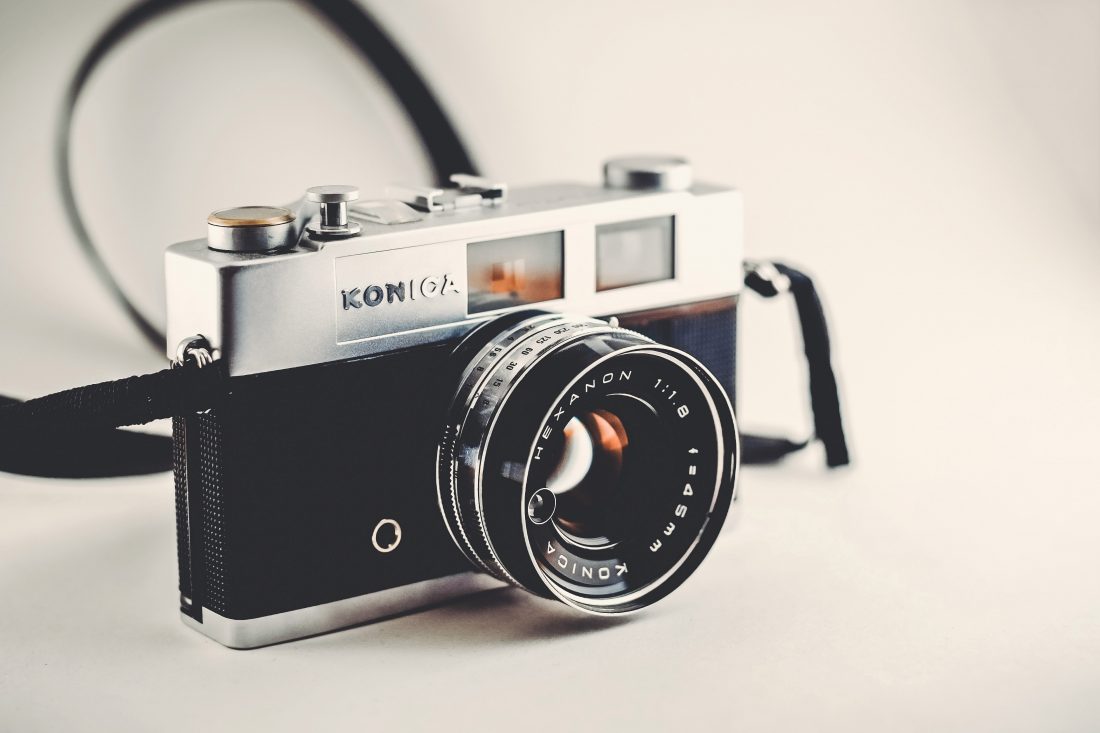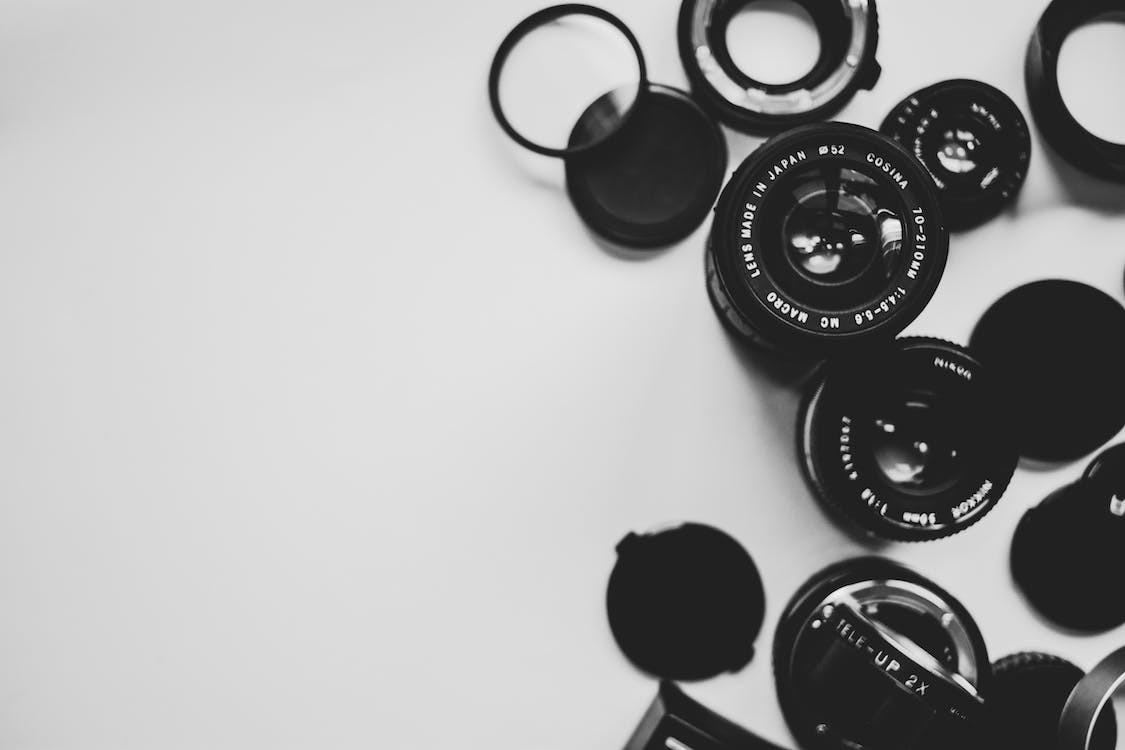
The Nikon D80 is a digital single-lens reflex (DSLR) camera released by Nikon Corporation in 2006. It is designed for enthusiasts and advanced photographers who seek high-quality images and versatile shooting capabilities.
**Features and Specifications**
The Nikon D80 boasts a 10.2-megapixel DX-format CCD image sensor, providing excellent image resolution. Its sensitivity range of ISO 100-1600, expandable up to ISO 3200, allows for shooting in various lighting conditions, ensuring minimal noise in low-light situations.
Equipped with a Nikon F-mount, the D80 is compatible with a wide range of lenses, providing photographers with the flexibility to use different focal lengths and achieve various creative effects. Its 11-point autofocus system delivers fast and accurate focusing, enabling sharp images even when capturing moving subjects.
The camera features a large 2.5-inch LCD monitor, allowing for easy review and menu navigation. It also provides a bright viewfinder with 0.94x magnification, offering a clear and accurate preview of the scene.
The D80 supports continuous shooting at up to 3 frames per second, ideal for capturing fast-paced action. Additionally, it offers various shooting modes, including aperture priority, shutter priority, and manual mode, giving photographers full control over their images.
In terms of connectivity, the D80 includes a USB 2.0 port and an AV output, allowing for easy data transfer and direct connection to a TV or monitor for image playback.
**Release Date and Pricing**
The Nikon D80 was released in September 2006 with a suggested retail price of $999 for the body only. Various kit options were available, including a package with the AF-S DX Zoom-Nikkor 18-135mm f/3.5-5.6G IF-ED lens, priced at $1,299.
**Personal Experience**
As an avid photographer, I had the opportunity to use the Nikon D80 extensively for several years. The camera never failed to impress me with its image quality and reliability. The 10.2-megapixel sensor captured stunning details, and the extensive lens compatibility allowed me to experiment with different perspectives.
The autofocus system performed admirably, ensuring sharp focus in various shooting scenarios. The camera’s ergonomic design made it comfortable to hold and easy to navigate through the menu settings.
One aspect that stood out was the D80’s ability to deliver vibrant colors and accurate exposures. Even in challenging lighting conditions, the camera produced well-balanced images with minimal post-processing required.
Overall, the Nikon D80 proved to be a reliable and versatile DSLR camera that catered to the needs of enthusiasts and advanced photographers alike. Its solid build quality, exceptional image quality, and extensive feature set made it a worthy companion for capturing memorable moments.
